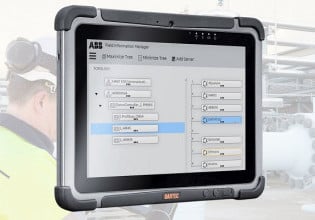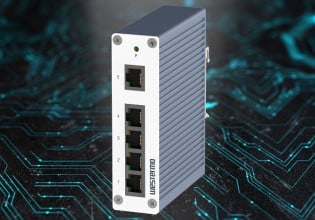Engineers Collaborate to Create Control and Robotic Solutions with DARPA SubT Challenge
What is DARPA's SubT challenge and how is it inspiring new robotic and control solutions in disaster relief efforts?
The Defense Advanced Research Projects Agency (DARPA) has added two new prizes to the Subterranean (SubT) Challenge.
What is the SubT Challenge?
The SubT Challenge is an effort to develop novel mapping, tactical, and rescue solutions for underground environments. These solutions involve utilizing industrial robots for safety and rescue efforts. These robots are mainly autonomous, with a single human supervisor sending control commands.
The SubT Challenge has two main tracks, the Systems Competition, and the Virtual Competition. The Systems Competition focuses on building physical hardware and testing it in the underground environment. The Virtual Competition is centered around creating algorithms and software for navigating simulated and modeled scenarios.

Prizes awarded for the DARPA SubT Challenge. Image used courtesy of DARPA
The Competition Using Control Algorithms and Simulation Techniques
Some of the SubT Challenge competitions have already occurred through three circuits: tunnels, natural caves, and the urban environment. The competitions began back in 2018, and all lead to the final event, hosted September 21-23, 2021. In the competition, robots will need to find hidden artifacts in the underground environment, collect data about them, and map their locations. These artifacts represent stranded people, electrical boxes, and other desirable or undesirable objects.
The underground environment provides several technical challenges itself. Without artificial light, it is entirely dark. Remotely-operated vehicles must navigate using onboard lighting or powering some form of distance sensors to map and navigate the terrain, all of which are power-hungry.
For a damaged or abandoned mine, this could be a real challenge, as a tumble down a vertical shaft would mean the end of a robot. Furthermore, the ground itself attenuates some of the radiowaves, let alone twisted tunnels of reinforced concrete found in a damaged subway system. Control commands, data, and imaging require the successful transmission of radiowaves, as well as strong error-checking routines that remove stray reflections or unwanted signals.
SubT Challenge Demnstartes Utilizing Robots in Disaster Scenarios
In a real-life disaster, robots would have to navigate exposed, live wiring, broken water mains, booby-traps with Improvised Explosive Devices (IEDs), bats, dust, and numerous other obstacles.

DARPA SubT Challenge robots and crew in a cave. Image used courtesy of DARPA
After the 9/11 attacks and subsequent collapses on the World Trade Center buildings, robotics experts were dispatched from the Savannah River Site (SRS) to send robots on similar rescue missions.
The SRS uses robots to maintain equipment for processing nuclear waste and had to retrofit them on the fly for search and rescue operations at Ground Zero. With advances in sensors and control algorithms, DARPA believes that more robust solutions can be developed.
The SubT Challenge is a tool to get teams of scientists, engineers, researchers, and students thinking, talking, and creating solutions for manmade and natural disasters such as these.
Maybe some of this seems like science fiction, using robots for search and rescue missions. However, today’s science fiction is tomorrow’s industrial standard.
Developments in this field will find their way into manufacturing, and sensor and control technology groups can prototype their wares through donations to the teams participating in these challenges.






